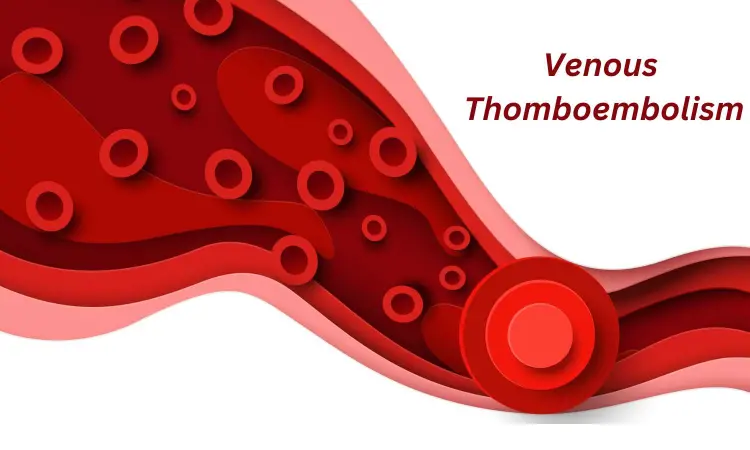- Home
- Medical news & Guidelines
- Anesthesiology
- Cardiology and CTVS
- Critical Care
- Dentistry
- Dermatology
- Diabetes and Endocrinology
- ENT
- Gastroenterology
- Medicine
- Nephrology
- Neurology
- Obstretics-Gynaecology
- Oncology
- Ophthalmology
- Orthopaedics
- Pediatrics-Neonatology
- Psychiatry
- Pulmonology
- Radiology
- Surgery
- Urology
- Laboratory Medicine
- Diet
- Nursing
- Paramedical
- Physiotherapy
- Health news
- Fact Check
- Bone Health Fact Check
- Brain Health Fact Check
- Cancer Related Fact Check
- Child Care Fact Check
- Dental and oral health fact check
- Diabetes and metabolic health fact check
- Diet and Nutrition Fact Check
- Eye and ENT Care Fact Check
- Fitness fact check
- Gut health fact check
- Heart health fact check
- Kidney health fact check
- Medical education fact check
- Men's health fact check
- Respiratory fact check
- Skin and hair care fact check
- Vaccine and Immunization fact check
- Women's health fact check
- AYUSH
- State News
- Andaman and Nicobar Islands
- Andhra Pradesh
- Arunachal Pradesh
- Assam
- Bihar
- Chandigarh
- Chattisgarh
- Dadra and Nagar Haveli
- Daman and Diu
- Delhi
- Goa
- Gujarat
- Haryana
- Himachal Pradesh
- Jammu & Kashmir
- Jharkhand
- Karnataka
- Kerala
- Ladakh
- Lakshadweep
- Madhya Pradesh
- Maharashtra
- Manipur
- Meghalaya
- Mizoram
- Nagaland
- Odisha
- Puducherry
- Punjab
- Rajasthan
- Sikkim
- Tamil Nadu
- Telangana
- Tripura
- Uttar Pradesh
- Uttrakhand
- West Bengal
- Medical Education
- Industry
Venous thromboembolism prophylaxis effective in pediatric trauma patients: JAMA

A new study published in the Journal of American Medical Association suggests the use of chemical venous thromboembolism prophylaxis (cVTE) in pediatric trauma patients which was safe and did not result in bleeding issues. Recently, a set of high-risk guidelines for the use of cVTE was proposed which did not undergo a prospective evaluation. In order to investigate high-risk criteria and the usage of cVTE in a prospective multi-institutional study of pediatric trauma patients, Amanda Witte and colleagues undertook this study.
8 independent pediatric hospitals that have been recognized as level I pediatric trauma centers by the American College of Surgeons hosted this cohort research, which was finished between October 2019 and October 2022. The participants were juvenile trauma patients under the age of 18 who, satisfied certain high-risk criteria at admission. The idea was that cVTE would be risk-free and lower the prevalence of VTE. Receiving and timing chemical VTE prophylaxis was the primary exposure. The total VTE rate, stratified by the time and receipt of cVTE, was the main outcome. The safety of cVTE as determined by bleeding or other anticoagulation-related problems was the secondary endpoint.
The median (IQR) age of the 460 high-risk pediatric trauma patients was 14.5 years, of which, 313 patients (68%) were male and 147 patients (32%) were female. The number of high-risk variables were 3, and the median (IQR) Injury Severity Score (ISS) was 23 (16–30). 62(13.5%) of the 251 (54.5%) patients who had cVTE received it within 24 hours of their arrival. The patients with greater ISS and more high-risk characteristics were the individuals who underwent cVTE after a 24-hour period. The bleeding in the central nervous system was the most frequent cause of delayed cVTE.
Out of 25 patients, there were 28 VTE episodes (5.4%). Of 62 patients (1.6%) who received cVTE within 24 hours, 13 of 189 patients (6.9%) who had cVTE after 24 hours, and 11 of 209 (5.3%) who did not get cVTE, only one patient experienced VTE. A longer period of time between admission and the start of cVTE was substantially linked to VTE. While receiving cVTE, no bleeding problems were observed in the patients. Overall, the results suggests it is safe to use VTE prophylaxis in pediatric trauma patients at high risk and future research should concentrate on the best time to start prophylaxis and how to overcome obstacles to following recommendations.
Source:
Witte, A. B., Van Arendonk, K., Bergner, C., Bantchev, M., Falcone, R. A., Jr, Moody, S., Hartman, H. A., Evans, E., Thakkar, R., Patterson, K. N., Minneci, P. C., Mak, G. Z., Slidell, M. B., Johnson, M., Landman, M. P., Markel, T. A., Leys, C. M., Cherney Stafford, L., Draper, J., … Ehrlich, P. F. (2024). Venous Thromboembolism Prophylaxis in High-Risk Pediatric Trauma Patients. In JAMA Surgery. American Medical Association (AMA). https://doi.org/10.1001/jamasurg.2024.2487
Neuroscience Masters graduate
Jacinthlyn Sylvia, a Neuroscience Master's graduate from Chennai has worked extensively in deciphering the neurobiology of cognition and motor control in aging. She also has spread-out exposure to Neurosurgery from her Bachelor’s. She is currently involved in active Neuro-Oncology research. She is an upcoming neuroscientist with a fiery passion for writing. Her news cover at Medical Dialogues feature recent discoveries and updates from the healthcare and biomedical research fields. She can be reached at editorial@medicaldialogues.in
Dr Kamal Kant Kohli-MBBS, DTCD- a chest specialist with more than 30 years of practice and a flair for writing clinical articles, Dr Kamal Kant Kohli joined Medical Dialogues as a Chief Editor of Medical News. Besides writing articles, as an editor, he proofreads and verifies all the medical content published on Medical Dialogues including those coming from journals, studies,medical conferences,guidelines etc. Email: drkohli@medicaldialogues.in. Contact no. 011-43720751


